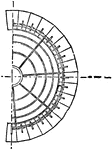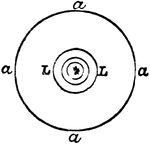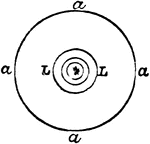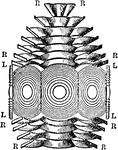Clipart tagged: ‘Catadioptric’

Catadiopteric Light
"Catadioptric Fixed Light.—This apparatus, in which a central burner is used, consists of a dioptric…

Catadiopteric Light
"Catadioptric Fixed Light.—This apparatus, in which a central burner is used, consists of a dioptric…

Catadioptric Holophote
"Catadioptric Holophote.—Part of the anterior hemisphere of rays is intercepted and at once parallelized…

Catadioptric Holophote
"Catadioptric Holophote.—Part of the anterior hemisphere of rays is intercepted and at once parallelized…

Holophotal Catadioptric
"Holophotal Catadioptric Apparatus Revolving round a Central Flame." —The Encyclopedia Britannica,…

Holophotal Catadioptric
"Holophotal Catadioptric Apparatus Revolving round a Central Flame.—If in place of Fresnel's compound…